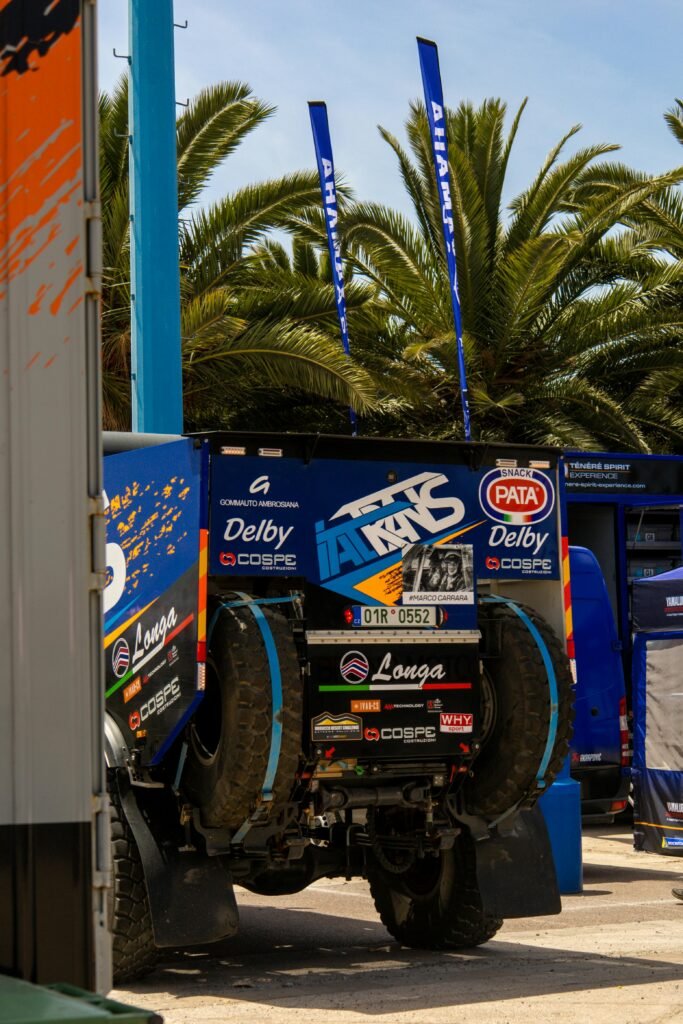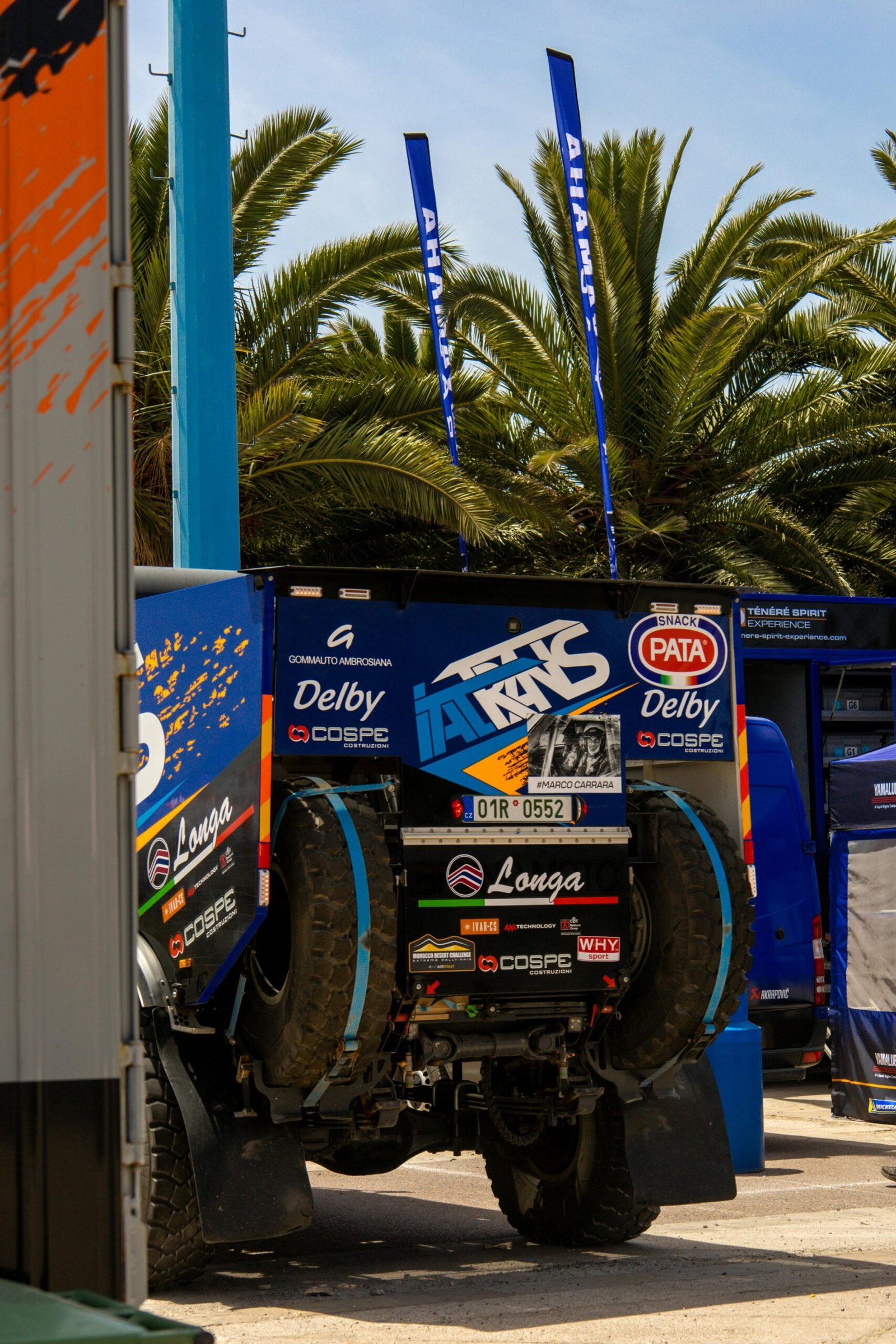Welcome to the exciting world of leather tanning! In this article, you will explore the latest innovations and breakthroughs in the leather industry. From new sustainable methods to cutting-edge technology, the future of leather tanning is looking brighter than ever. Discover how these advancements are revolutionizing the way leather is produced and colored, making it more environmentally friendly and efficient. Get ready to be amazed by the incredible possibilities that lie ahead in the world of leather tanning. Have you ever wondered about the process of leather tanning and how it may be evolving in the future? Let’s explore some of the innovations and breakthroughs in the world of leather tanning and coloring that are shaping the future of this industry.

This image is property of images.pexels.com.
Sustainable Leather Tanning Methods
You might be pleased to know that the leather industry is making strides towards more sustainable practices. From reducing water usage to minimizing chemical waste, tanneries are exploring ways to lessen their environmental impact.
Vegetable Tanning
One of the eco-friendliest methods of leather tanning is vegetable tanning. This process uses natural tannins found in tree bark and other plant sources to tan the leather. By eliminating harmful chemicals, vegetable tanning not only produces a high-quality leather but also reduces the environmental footprint of the tannery.
Chrome-Free Tanning
Chrome tanning has long been a popular method due to its efficiency and cost-effectiveness. However, concerns about the environmental impact of chromium salts led to the development of chrome-free tanning processes. These innovative methods use alternative compounds like aluminum or zirconium to tan the leather without the use of chromium.
Digital Tools for Leather Tanning
Technology is revolutionizing the way leather is tanned and colored. With the rise of digital tools, tanneries can now streamline their processes, reduce waste, and improve quality control.
3D Leather Printing
Imagine being able to “print” a piece of leather like you would a document. 3D leather printing is a cutting-edge technology that allows for the creation of intricate patterns and textures on leather. This method not only reduces wastage but also opens up a world of design possibilities for tanneries.
Computer-Aided Design (CAD) Software
CAD software has become a game-changer in the leather industry. Tanneries can now design and visualize their leather products in a digital environment before actually producing them. This not only saves time and resources but also allows for more accurate and precise designs.

This image is property of images.pexels.com.
Nanotechnology in Leather Tanning
Nanotechnology is making waves in the leather industry by offering innovative solutions to common tanning and coloring challenges. By harnessing the power of nanomaterials, tanneries can achieve superior results with minimal environmental impact.
Nanoparticle Dyeing
Traditional dyeing methods often involve large amounts of water and chemicals. Nanoparticle dyeing, however, uses tiny particles that adhere to the leather surface more effectively, reducing the need for excessive dye and water. This not only improves the color fastness of the leather but also minimizes the environmental impact of the dyeing process.
Nanocoating
Nanotechnology also allows for the development of nanocoatings that can enhance the properties of leather. These coatings can improve the durability, water resistance, and stain resistance of leather products, making them more durable and long-lasting. Additionally, nanocoatings provide a sustainable alternative to harmful chemical treatments.
Bioengineering Leather Alternatives
As concerns about animal welfare and sustainability grow, researchers and companies are exploring bioengineered materials as alternatives to traditional leather. These innovative materials offer the look and feel of real leather without the environmental or ethical drawbacks.
Lab-Grown Leather
Lab-grown leather, also known as cultured or bioleather, is produced by growing animal cells in a laboratory setting. This bioengineered leather not only eliminates the need for animal slaughter but also reduces the environmental impact of traditional leather production. With advancements in biotechnology, lab-grown leather is becoming a viable and sustainable alternative.
Plant-Based Leather Substitutes
Plant-based leather substitutes are another eco-friendly option for those looking for cruelty-free and sustainable alternatives to traditional leather. Materials like pineapple leaves, cork, and mushroom leather are gaining popularity for their durability, aesthetics, and minimal environmental impact. These innovative materials offer a viable solution for conscious consumers seeking sustainable fashion choices.

This image is property of images.pexels.com.
The Future of Leather Tanning: Eco-Friendly and Innovative
The future of leather tanning is bright, with sustainability and innovation at the forefront of industry developments. By adopting eco-friendly practices, embracing digital tools, harnessing nanotechnology, and exploring bioengineered alternatives, tanneries are paving the way for a more sustainable and ethical leather industry. As a consumer, you can support these advancements by choosing products that align with your values and advocating for a more sustainable future for leather tanning. The choices you make today can shape the future of this timeless material.
